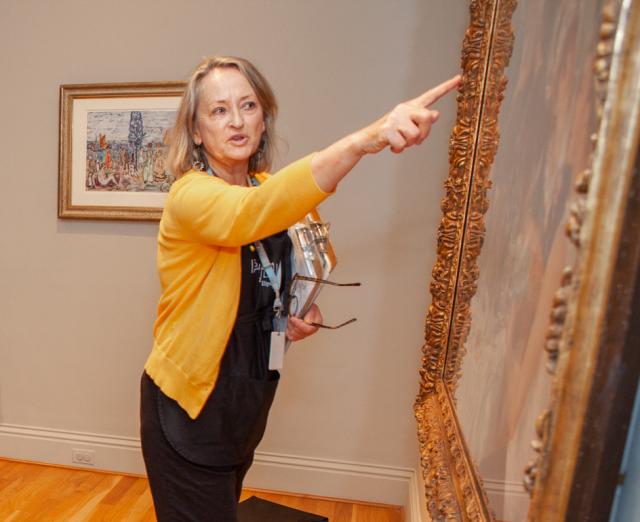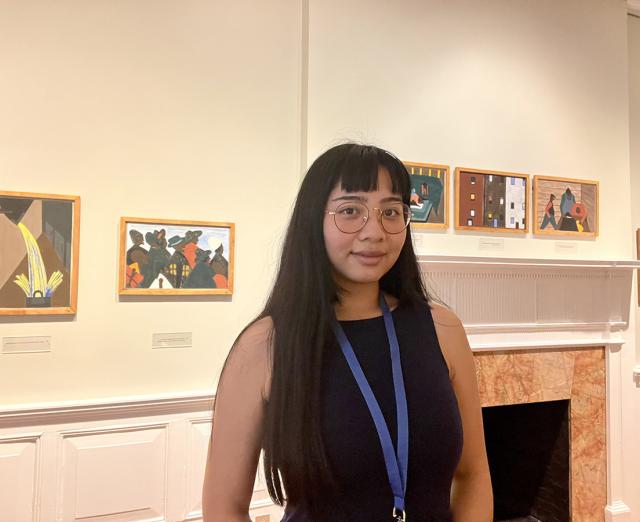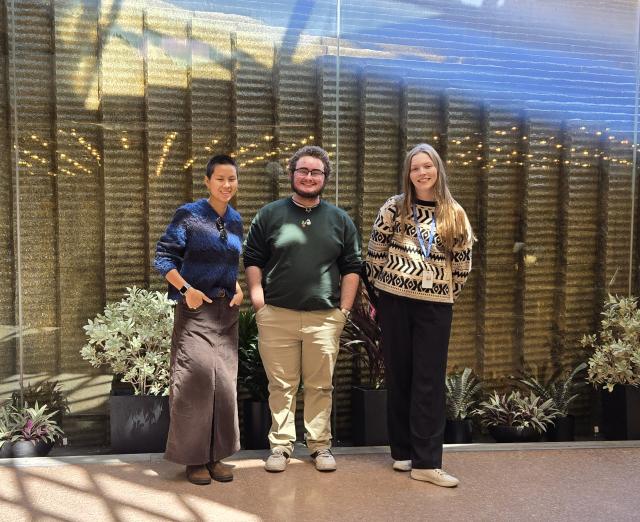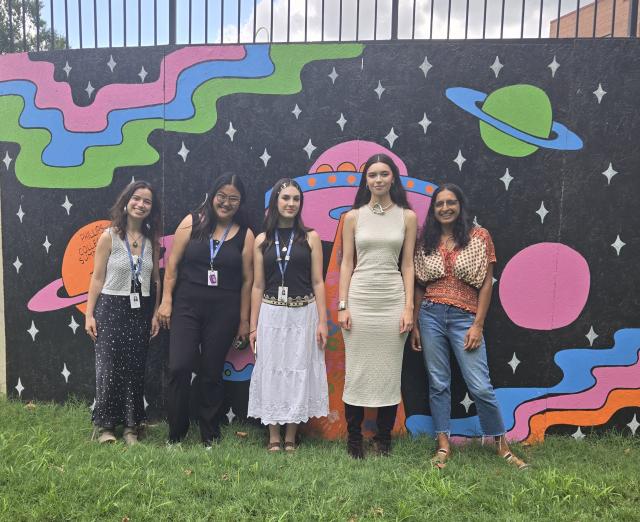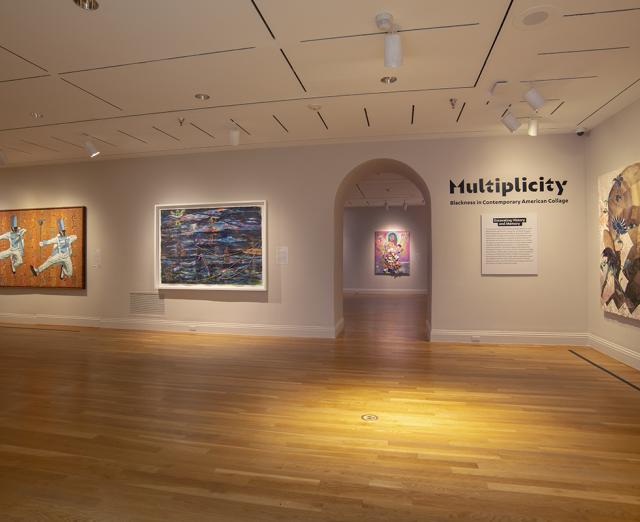Meet Our New Curator of Global Contemporary Art Tie Jojima
People & Community
In July, Tie joined the Phillips in a new position that plays a vital role in advancing the museum’s curatorial initiatives through new acquisitions, art commissions, exhibitions, and programs that broaden the canon of contemporary art to tell more inclusive narratives.
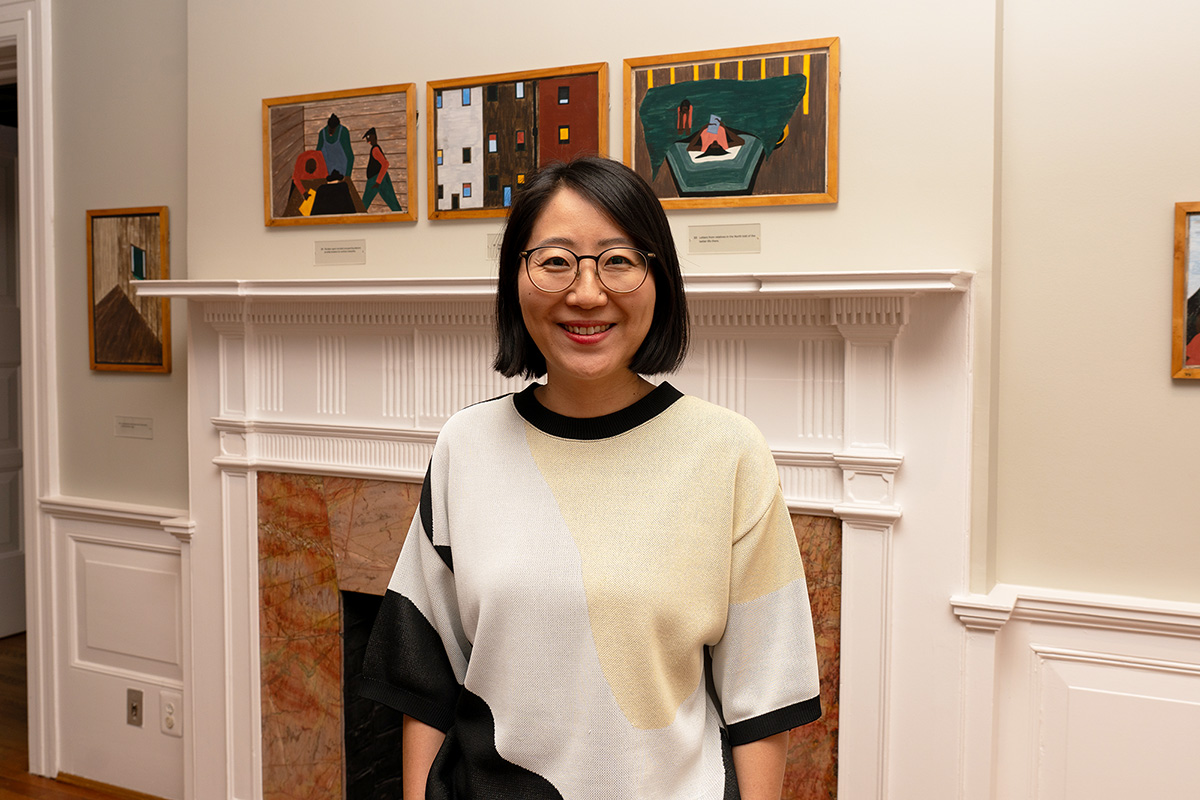
Born and raised in São Paulo, Brazil, Tie (pronounced Tchee-eh) Jojima is a respected Asian-Latin American curator, art historian, and educator, specializing in modern and contemporary Latin American art, with additional training in the history of photography. Jojima comes to the Phillips from the Americas Society in New York, where she served as an associate curator and exhibitions manager. At the Americas Society, Jojima co-curated the exhibitions The Appearance: Art of the Asian Diaspora in Latin America & the Caribbean (now on view! read a great review on Hyperallergic), El Dorado: Myths of Gold (2023–24), Deep Marajó (2023), and Geles Cabrera: Museo Escultórico (2022). Previously, Jojima taught art history at Baruch College and San Francisco State University, and served as a curatorial assistant at the Pennsylvania Academy of Fine Arts.
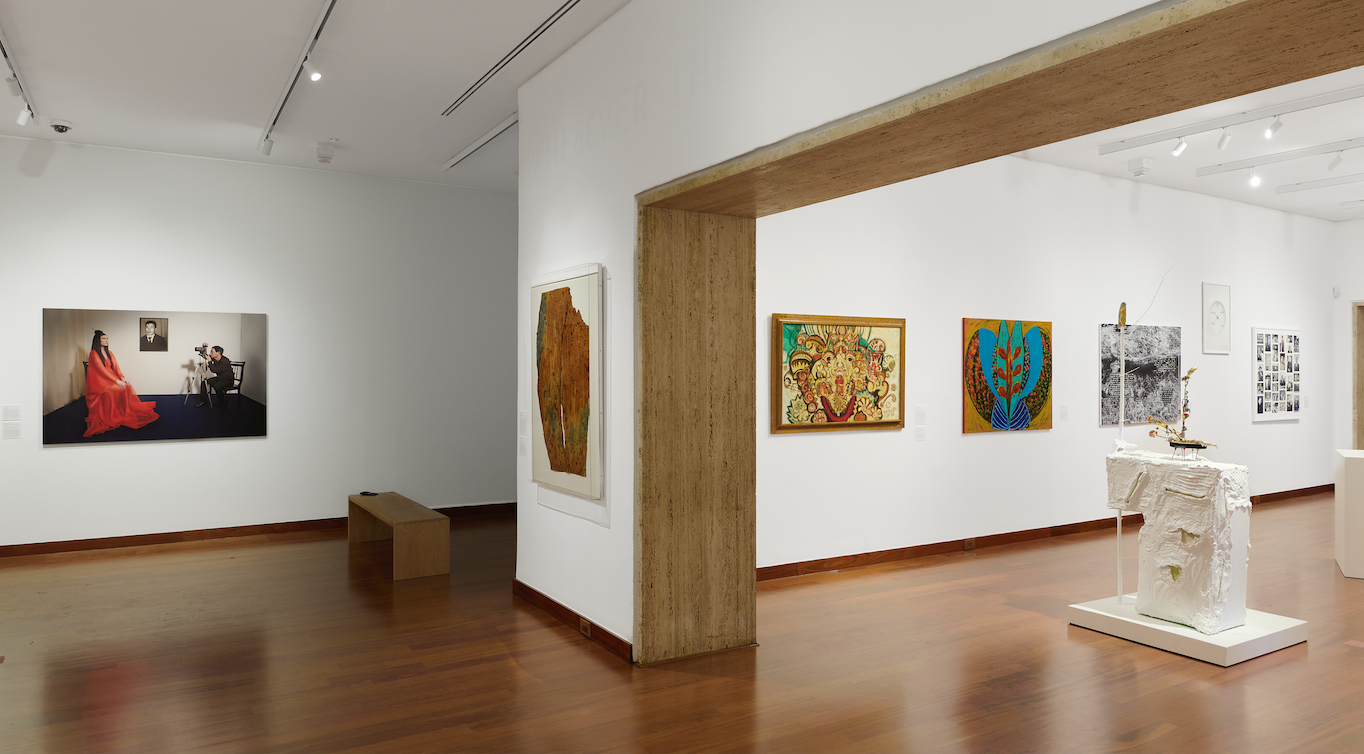
What drew you to The Phillips Collection?
Other than its impressive collection and history, I am drawn to The Phillips Collection’s mission of presenting art in intimate and experimental ways, and its vision of creating space and giving voice to artists that are reflecting on important issues of today.
Why do you think museums are important? Why should people visit the Phillips?
Museums have a long and complicated history intertwined with colonialism, and I am very aware of the fact that sometimes museums can reproduce this violent legacy in many ways, directly or indirectly (for example, from its curatorial and collection priorities to the configuration of its leadership). I am cognizant that museums will not solve these structural problems. However, I do think that museums can create space for progressive ideas, for different forms and levels of justice, for community, for art appreciation, and most importantly, for education. The Phillips Collection has wonderful education and community engagement departments, and I am impressed by how active their programs are. I think people should visit the institution not only to learn from the excellent and well researched exhibitions and the many programs we organize, but also, to have fun! And to be inspired by the artworks on display—the intimate scale of the institution allows for a different experience of the artworks, and I find this truly special and unique of the Phillips.
What have you been working on? What are your top priorities as the Curator of Global Contemporary Art?
I have been working on several exhibitions, such as the major survey of American artist Juan Sánchez and the Juried Invitational exhibition focused on artists from the DMV area.
As the Curator of Global Contemporary Art, I am responsible for exhibitions, acquisitions, art commissions, and publications. My top priority is to create space for artists and thinkers that challenge precisely the legacy that I mentioned in the previous question. I know this may sound super broad, but I do think this is a major principle in my curatorial practice. I am also interested in creating conversations between artists of different geographic locations and heritages but connected through similar histories. For example, the shared experience of transoceanic migration in the case of artists from the Asian diaspora.
Who are some of your favorite artists/artworks at the Phillips? Any works you have been surprised to find in the collection?
There are so many wonderful artists in the collection. Some of my favorites are Jacob Lawrence, Albert Pinkham Ryder, Yasuo Kuniyoshi, Alma Thomas, and Zilia Sánchez. I was so happy to see a work by Ching Ho Cheng in the collection. I am a big fan!
What are some of your favorite exhibitions (at the Phillips or elsewhere), and what made them special?
At the Phillips, I loved how the exhibition Bonnard’s Worlds was so clever in presenting the work of such a well-known artist through the framework of the senses and of “measures of intimacy,” as the curator Elsa Smithgall did.
I recently visited the exhibition Legacies: Asian American Art Movements in New York City (1969-2001) organized by my colleagues Howie Chen, Jayne Cole Southard, and christina ong, at the 80WSE gallery. I loved the scope and multidisciplinary breadth of the project, how it integrated archival materials, performance, and artworks, and how it brings to light fundamental histories and figures of Asian American activism.
I was also impressed by the reinstall of the Modern and Contemporary Art galleries at the Smithsonian American Art Museum. I loved the selection of artists, the thematic organization of the galleries, but also the many lines of sight throughout the show that formally connected artists from disparate practices and heritages.
